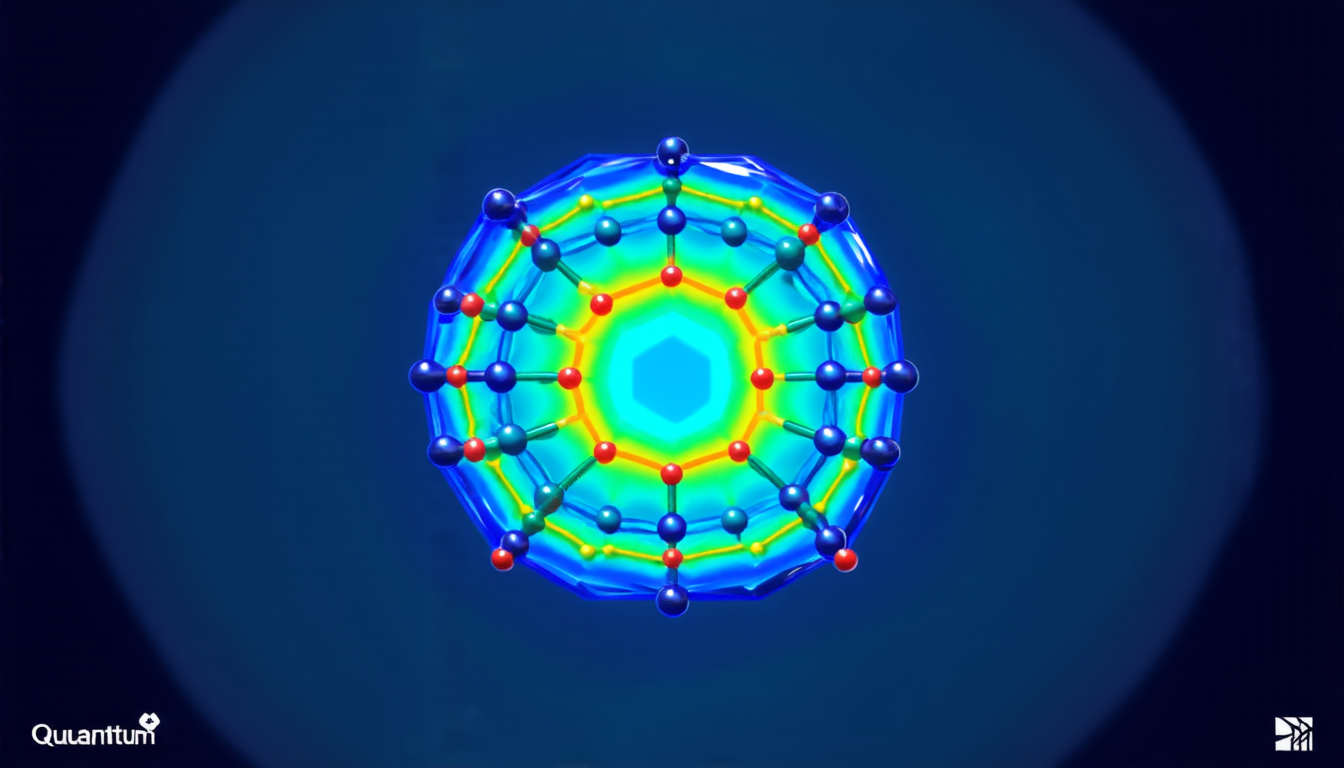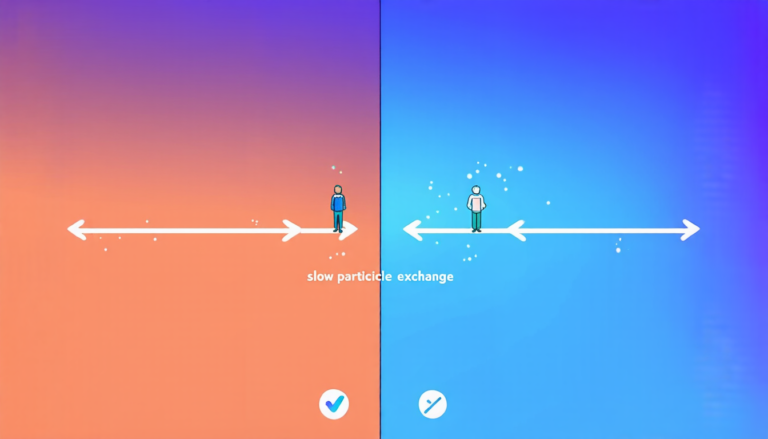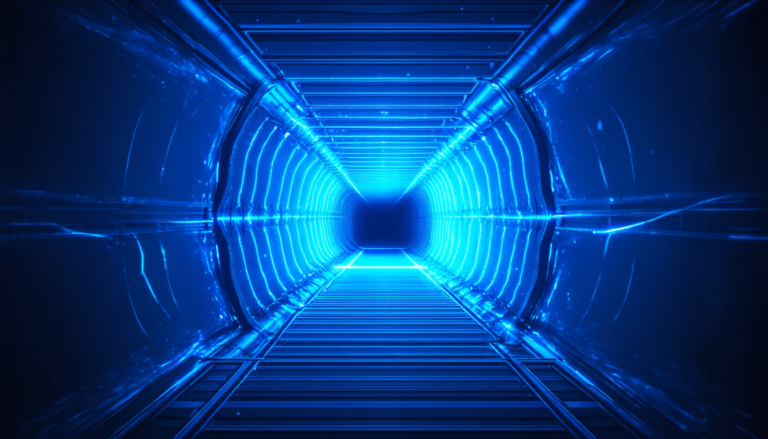Friday 01 August 2025
Physicists have long struggled with a fundamental problem: how to create ultra-pure single photons, the building blocks of quantum communication and computing. These particles are notoriously finicky, prone to getting entangled in pairs or triplets, which can lead to errors and noise in sensitive quantum systems.
A team of researchers has made a significant breakthrough in this area by developing a method to selectively filter out multi-photon events from a single-photon emitter. This achievement could pave the way for more reliable and efficient quantum technologies.
The problem lies in the nature of spontaneous emission, where excited atoms or molecules release photons as they decay back to their ground state. In a typical scenario, this process can lead to the emission of multiple photons at once, which is problematic for applications that rely on single-photon purity.
To address this issue, the researchers employed a clever trick: using narrowband spectral filters to suppress unwanted photon pairs. By carefully tuning the filter’s width and center frequency, they were able to selectively eliminate multi-photon events while allowing single photons to pass through unimpeded.
The team tested their method on a specially designed quantum dot, a tiny crystal structure that can be precisely controlled to emit photons at specific wavelengths. They found that by applying their filtering technique, they could reduce the degree of second-order coherence (a measure of multi-photon events) by nearly an order of magnitude.
This breakthrough has significant implications for the development of quantum technologies. By reducing errors and noise in single-photon sources, researchers can improve the reliability and efficiency of quantum communication protocols, such as secure key exchange and quantum teleportation. Additionally, this technique could enable more precise control over the properties of individual photons, a crucial step towards the creation of robust quantum computers.
The method is not without its challenges, however. The researchers had to carefully calibrate their filters to avoid introducing additional noise or errors into the system. They also had to account for the effects of spectral diffusion, which can cause the quantum dot’s emission wavelength to shift over time due to external influences such as electric noise.
Despite these hurdles, the team’s achievement represents a significant step forward in the pursuit of ultra-pure single photons. As researchers continue to push the boundaries of quantum technology, this breakthrough will likely play a key role in enabling more advanced and reliable applications.
Cite this article: “Selective Filtering of Multi-Photon Events for Ultra-Pure Single Photons”, The Science Archive, 2025.
Single Photons, Quantum Communication, Quantum Computing, Multi-Photon Events, Spectral Filters, Narrowband, Quantum Dot, Second-Order Coherence, Quantum Technology, Photon Purity







